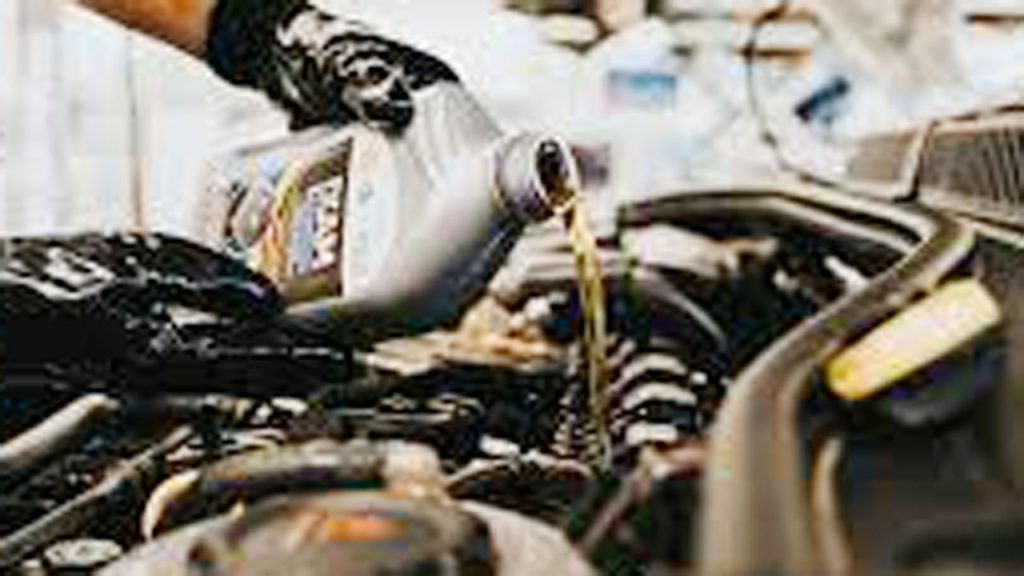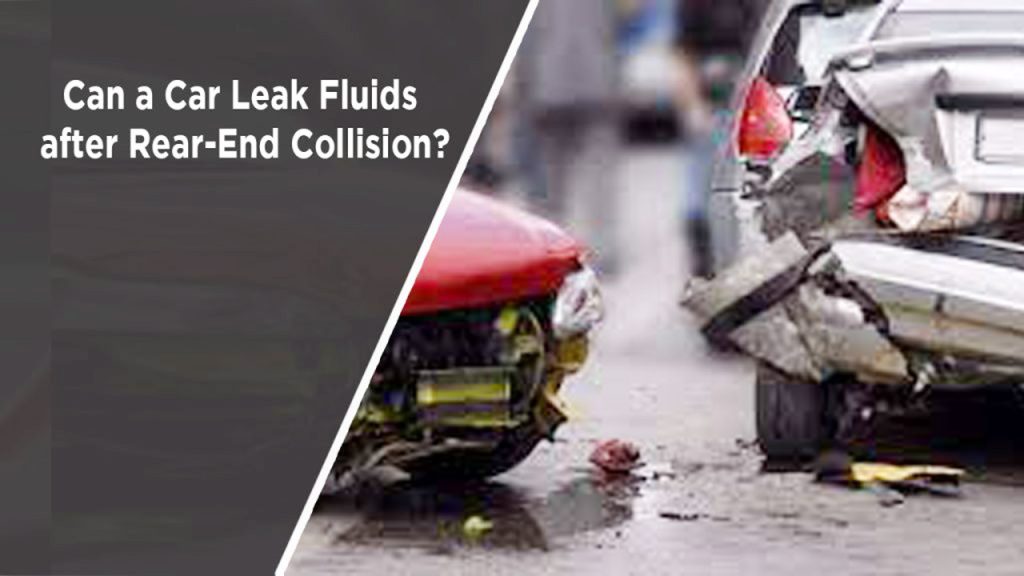Changing your car’s engine oil is a vital part of vehicle maintenance, but what if you need to remove engine oil without using the traditional drain plug method? Whether you’re troubleshooting, performing partial maintenance, or just trying to avoid a messy situation under the car, there are alternative methods to remove oil from your engine that don’t involve draining it from the oil pan.

Image by carcos.co.uk
I’ll explain how to remove engine oil without draining, why you might need to do it, and the tools and techniques required. Removing oil this way isn’t complicated if you approach it correctly, and I’ll break it all down step by step to help you get the job done efficiently and cleanly.
Why Remove Engine Oil Without Draining?
Sometimes, draining the oil from the pan using the drain plug isn’t feasible or convenient. Here are a few reasons why you might choose an alternative method:
- Quick Oil Adjustment: You might have accidentally overfilled your engine oil and need to remove some to reach the correct level.
- Accessibility Issues: On some vehicles, the oil drain plug can be hard to access without a lift or jack.
- No Tools for Drain Plug Removal: If you don’t have the tools to remove the drain plug or it’s stuck, an alternative method can save the day.
- Less Mess: Removing oil from the top of the engine can be cleaner than dealing with a messy drain pan under the car.
Regardless of the reason, these alternative methods can come in handy when draining oil isn’t an option.
Tools You’ll Need to Remove Engine Oil Without Draining
Removing oil without using the drain plug requires a few specific tools. Here’s what you might need:
- Oil Extractor Pump: This tool is designed to siphon oil out of the engine through the dipstick tube.
- Syringe with Tubing: A more manual and affordable option, useful for removing smaller amounts of oil.
- Oil Pan or Container: To collect the extracted oil.
- Gloves: To keep your hands clean.
- Shop Towels or Rags: To clean up any spills.
Choosing the right tool depends on how much oil you need to remove and how often you expect to use this method.
Step-by-Step Guide: How to Remove Engine Oil Without Draining
Method 1: Using an Oil Extractor Pump
An oil extractor pump is the most efficient way to remove engine oil without draining. These pumps work by creating suction to draw the oil out of the engine through the dipstick tube.
Steps to Follow:
Prepare the Vehicle: Park your car on a flat surface and let the engine cool for about 10-15 minutes. Warm oil flows more easily, but it shouldn’t be too hot.
Insert the Suction Tube: Insert the extractor’s suction tube into the dipstick tube. Push it in until it reaches the bottom of the oil pan.
Activate the Pump: Depending on the type of pump (manual, electric, or pneumatic), begin creating suction to draw the oil out.
Monitor the Process: Keep an eye on the extractor’s container to ensure the oil is flowing smoothly and stop once you’ve removed the desired amount.
Dispose of the Oil Properly: Transfer the oil to a sealed container and take it to a recycling facility.
Method 2: Using a Syringe with Tubing
If you only need to remove a small amount of oil—such as in the case of overfilling—a large syringe with a flexible tube can do the job.
Steps to Follow:
- Attach the Tubing: Connect a piece of flexible tubing to the end of the syringe. Ensure it’s long enough to reach the bottom of the dipstick tube.
- Insert the Tubing: Feed the tubing into the dipstick tube until it reaches the oil.
- Extract the Oil: Pull back the syringe plunger to draw oil into the tube.
- Repeat as Needed: Continue until you’ve removed the desired amount of oil.
- Dispose of the Oil: As with any method, ensure the oil is properly disposed of.
Method 3: Using a Fluid Transfer Pump
A fluid transfer pump is another option, especially for those who already have one for other automotive tasks.
Steps to Follow:
- Set Up the Pump: Attach the input and output hoses to the pump.
- Insert the Input Hose: Place the input hose into the dipstick tube.
- Pump the Oil: Manually or electronically operate the pump to transfer the oil into a collection container.
- Clean Up: Once finished, remove the hoses carefully and clean up any residual oil.
Tips for a Clean and Safe Oil Removal Process
- Warm the Engine (But Not Too Much): Warm oil flows better, but working with hot oil can be dangerous. Allow the engine to cool to a safe temperature.
- Work Slowly: Rushing can lead to spills and mistakes. Take your time to ensure accuracy and cleanliness.
- Use Proper Containers: Always use an appropriate container to collect and store used oil for recycling.
- Keep Rags Handy: Even with careful handling, small spills can happen. Having rags on hand makes cleanup easy.
- Dispose of Oil Responsibly: Never dump used oil in the trash or down the drain. Take it to a local recycling center.
Benefits of Removing Oil Without Draining
Removing engine oil without using the drain plug offers several advantages:
- Convenience: Avoid crawling under the car or removing the drain plug.
- Time-Saving: Quick and easy for small oil adjustments.
- Less Mess: No need to deal with a full oil pan of liquid.
- Accessibility: Works well for vehicles where the drain plug is hard to reach.
When Should You Avoid This Method?
While these methods are convenient, they’re not always the best choice. Here’s when you should avoid removing oil without draining:
- Complete Oil Change: For a full oil change, you’ll need to remove all the old oil and contaminants, which requires draining from the oil pan.
- Contaminated Oil: If your oil contains sludge or debris, an extractor may not remove it effectively.
- Low Clearance: Some vehicles have dipstick tubes that make it difficult to insert suction tools fully.
Comparison of Oil Removal Methods
| Method | Best For | Tools Needed | Mess Level |
|---|---|---|---|
| Oil Extractor Pump | Large oil removal tasks | Extractor pump, container | Minimal |
| Syringe with Tubing | Small adjustments (overfills) | Syringe, flexible tubing | Low |
| Fluid Transfer Pump | Multi-purpose applications | Transfer pump, container | Moderate |
Common Mistakes to Avoid
- Using the Wrong Tools: Not all tools are designed for oil extraction. Ensure you’re using equipment meant for this purpose.
- Working with Cold Oil: Cold oil is thicker and harder to extract. Always warm the engine slightly beforehand.
- Not Measuring Oil Levels: Use the dipstick to ensure you’re removing the right amount of oil.
- Improper Disposal: Never dispose of used oil improperly. It’s harmful to the environment.
FAQs
Can I remove all the oil using an extractor pump?
While extractor pumps are effective, they may not remove 100% of the oil, especially if sludge is present.
Is it safe to remove oil through the dipstick tube?
Yes, it’s safe if done correctly. Just ensure the tubing doesn’t damage the dipstick tube or any components.
What’s the best tool for removing oil without draining?
An oil extractor pump is the most efficient and widely used tool for this purpose.
Can I use this method for a full oil change?
It’s not recommended for a full oil change because it may not remove all contaminants.
How much oil can I safely remove?
Use the dipstick to determine how much oil needs to be removed. Avoid over-removing, as low oil levels can harm the engine.
Conclusion
Removing engine oil without draining is a practical solution for minor adjustments or when accessing the drain plug isn’t feasible. With the right tools and techniques, you can safely and effectively remove oil through the dipstick tube or similar methods.
While this approach is convenient for small tasks, it’s not a replacement for a complete oil change, which ensures your engine is free of contaminants and debris. Whether you’re using an oil extractor pump, syringe, or fluid transfer pump, following proper procedures will make the process smooth and hassle-free.
Taking care of your engine’s oil is crucial for maintaining its performance and longevity. By learning alternative methods like this, you’re adding another skill to your automotive maintenance toolkit!


